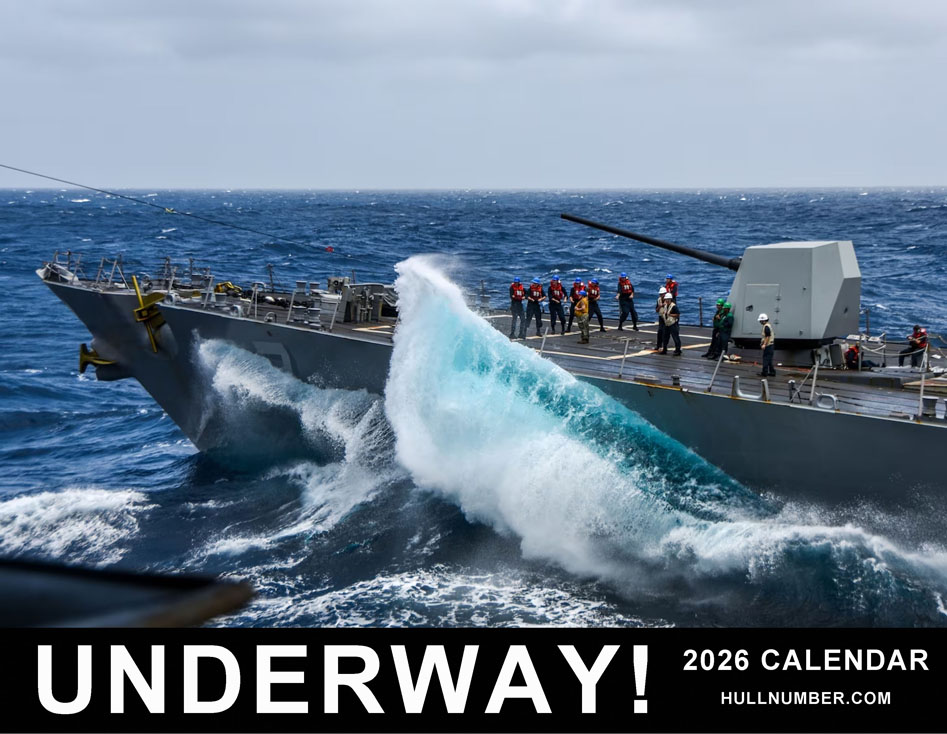 |
|||||||
| TO RECEIVE A NOTIFICATION EMAIL AS SOON AS THE | |||||||
| UNDERWAY! 2026 WALL CALENDAR IS SHIPPABLE - CLICK HERE |
|||||||
 |
|||||||
 |
|||||||
| For RATING SHIRTS - Click on your Rating Abbreviation below: | |||||||


U.S.S. BLUEBIRD
(MSC-121)Click to view crew list
USS BLUEBIRD (MSC-121) - a Bluebird-class minesweeper
In Commission 1953 to 1968MSC-121 Deployments - Major Events
| Add a MSC-121 Shellback Initiation | Add a MSC-121 Deployment - Major Event | ||||
| Month | Year | to | Month | Year | Deployment / Event |
|---|---|---|---|---|---|
| FEB | 1952 | - | Keel Date: 5 FEB 1952 at Mare Island Naval Shipyard Vallejo CA | ||
| MAY | 1953 | - | Launch Date: 11 MAY 1953 | ||
| JUL | 1953 | - | Commissioned: 24 JUL 1953 | ||
| SEP | 1968 | - | Decommissioned: 9 SEP 1968 | ||
MSC-121 General Specifications
Class: Bluebird-class minesweeper
Complement: 39 Officers and Enlisted
Displacement: 330 tons
Length: 144 feet 3 inches
Beam: 28 feet
Draft: 12 feet
Final Disposition: Scrapped 1979
USS BLUEBIRD (MSC-121)
The third Bluebird (AMS-121) was laid down on 5 February 1952 at Vallejo, Calif., by the Mare
Island Naval Shipyard; launched on 11 May 1953; sponsored by Mrs. G. C. Demmon; and
commissioned on 24 July 1953, Lt. (jg.) Warren C. Graham in command.
The minesweeper operated out of San Diego performing the usual tasks such as type training
and fleet exercises. She also engaged in some experimental work. On 5 May 1954, however,
Bluebird stood out of San Diego bound for Charleston, S.C. She transited the Panama Canal
on 19 May and, after a visit to Guantanamo Bay, Cuba, arrived in her new home port on the 27th.
The minesweeper conducted normal training operations out of Charleston and in Chesapeake Bay for
about a year.
On 7 February 1955, Bluebird was reclassified a coastal minesweeper and redesignated
MSC-121. During the summer and fall of 1955, she participated in two Bureau of Ships projects.
The first tested the effects of underwater explosions on minesweeper hulls and equipment.
The second consisted of an overall evaluation of the Bluebird-class minesweeper. Later that fall,
she joined in LantPhibEx 1-55 off Onslow Beach, N.C. Early in 1956, she was based at Yorktown, Va.,
but soon thereafter returned to her old home port, Charleston.
Charleston remained her home port for more than 12 years. In addition to the usual single-ship drills
and type training, the minesweeper participated in such exercises as the
annual NATO "Sweep Clear" exercises and Atlantic Fleet amphibious exercises.
She tested minesweeping gear for the Mine Defense Laboratory at Panama City, Fla., and served
as a school ship for the Mine Warfare School. In January 1961, Bluebird began making regular
periodic deployments to the West Indies serving under the auspices of the Commander, Fleet Training
Group, Guantanamo Bay. It was on one of those deployments that, during the summer of 1965, she earned
the Armed Forces Expeditionary Medal for her role in the American intervention to restore order in the
volatile Dominican Republic.
Those and similar operations continued to occupy her time until September of 1968. On 5 September,
she received orders changing her home port to Ft. Lauderdale, Fla. Bluebird departed Charleston
that same day and reached her destination on the 7th. Two days later, she was placed out
of commission, in service. The minesweeper was assigned duty training naval reservists
at Ft. Lauderdale.
That service lasted until mid-May of 1971 when she returned to Charleston
to begin preparations for inactivation. Bluebird was placed out of commission, in reserve,
on 1 July 1971. That December, she was taken to Norfolk where she joined the Atlantic Reserve
Fleet. On 2 January 1975, her name was struck from the Navy list. She was sold to Oskco
Edwards in September of 1979. The details of her ultimate disposition are unknown.
[Note: The above USS BLUEBIRD (MSC-121) history may, or may not, contain text provided by crew members of the USS BLUEBIRD (MSC-121), or by other non-crew members, and text from the Dictionary of American Naval Fighting Ships]